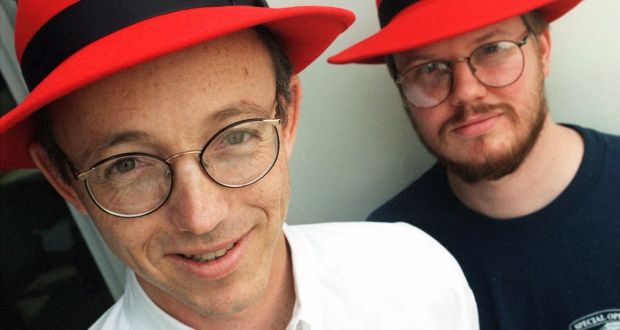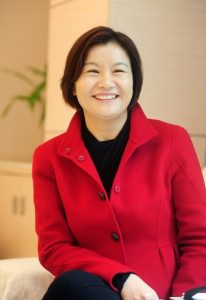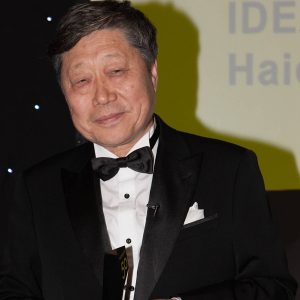Jack Dorsey – Journey from Twitter to Square Cash app development that changed the digital world.
Square is a leading financial company in America. It’s a payment app called Square Cash is one of the useful apps that made card payment easier and handy. In fact, this app supports multiple devices like iPhone, iPod Touch, iPad, and Android devices. It works like a mini card reader and a person can swipe the card easily. The person behind setting up square Cash is Jack Dorsey.
A well-known entrepreneur and philanthropist hailed from America. He is also one of the founding members of Twitter. Presently, he is serving as the CEO of Square Cash.
Jack Dorsey Childhood And Early Day
He was born on 19 November 1976 and raised in St. Louis, Missouri. His father Tim was a worker at mass spectrometers. Belonging to the Catholic background, Jack raised in a Catholic environment. In fact, he studied at Catholic Bishop DuBourg High School.
During his teenage, he tried fashion modeling. As well, he was interested in dispatch routing. That time, he developed open source dispatch software. This software is still working and many taxicab firms rely on it.
Education
Jack attended the University of Missouri, Rolla. There he studied for almost two and a half years. Thereafter, he joined New York University, which he dropped out later on. While studying at New York University, the idea of Twitter popped into his mind.

Early career
Dusting his early days of career, he worked as a dispatch programmer. He set up the firm related to this field in 2000. The company was located at Oakland, especially for couriers, and taxi dispatch services via the web.
As well, Jack tried Web-based realtime status communication service during these days. That time, instant messaging was new. After seeing the implementation of instant messaging, he thought to implement it in a different way. So that’s how Jack along with his friends set up Twitter. Today, Twitter is used by millions of users.
Jack Dorsey as Twitter’s CEO
At the start of Twitter, Jack Dorsey served as the CEO of Twitter. His role in developing Twitter is appreciable. Under his policies, the firm raised two rounds of investment. Initially, Twitter was not designed to earn a profit. However, Dorsey showed the use of Twitter as a Commercial App. Thus, making it popular among marketers, celebrities, and now influencers.
Sooner or later, he left the position to enjoy his life in his way. Jack’s interest in Fashion designing was still alive. After leaving the CEO position he focused on Fashion Design and Yoga.
Square Inc- Another business venture of Jack Dorsey
In 2010, he developed a unique payment platform called Square Cash. Jim McKelvey was the partner in business with Dorsey. It is located at Market Street in San Francisco They design a platform that can turn any mobile phone into a payment machine. Yes, it’s right. Through connecting a small device to phone(iPhone/Android) one can use it as a mini card reader. Thus, allowing to swipe cards easily. Also, it is useful to send paperless receipts. For that, it uses Email or simple text messages. Recently, the firm announces to open a bank in 2021.
Other work
Apart from being a well-experienced app developer, he served as a judge for NYC, Mayor Michael Bloomberg’s NYC BigApps competition. As well, he was Democratic Party candidates’ on-record donor. He was also suggested to be the board of directors of The Walt Disney Company. Moreover, Jack is one of the board members of the Berggruen Institute’s Governance Center.
Awards and recognition
Jack is a recipient of the Crunchie award for the best mobile startup. As well, he was one of the 35 innovators in the world, under the age of 35. In 2012, the Wall Street Journal honored him with Innovator of the Year Award. In the same year, he was awarded as a Founder of the Year by TechCrunch. Moreover, he was remarked as the most eligible bachelor in 2013.
However, he shifted his focus from work to enjoy other pursuits of life. Thus, declining the business. Because of this, the Wall Street Journal announced him as the worst CEO of America in 2017. As well, Fox Business ranked him as a 4th worst CEO. But he gives his best to popularize Twitter and Square Cash. In fact, both apps have numerous users in the present situation.

Jayshri is an Electronics Engineer, but her passion towards writing made her to be in this field. Apart from content writing, she loves reading, writing and surfing on various topics. In her free time, she likes to watch TV series and news. Sherlock Holmes is her all time favorite show. Jayshri loves cooking various Indian-western dishes.






